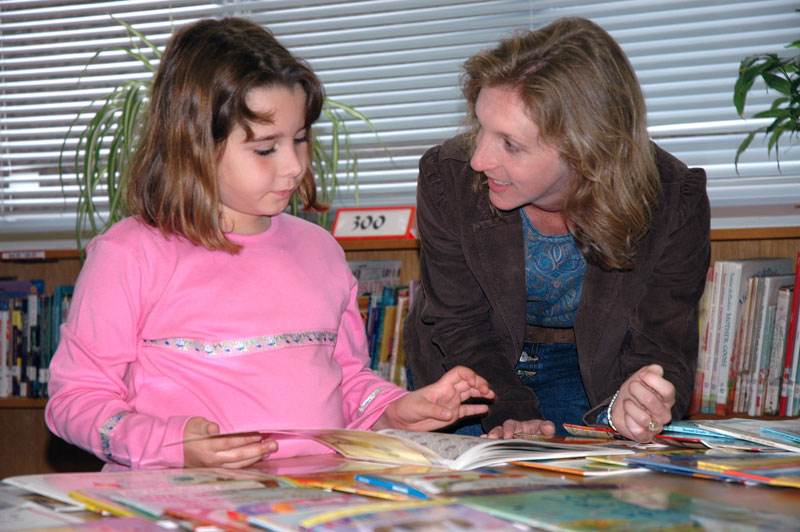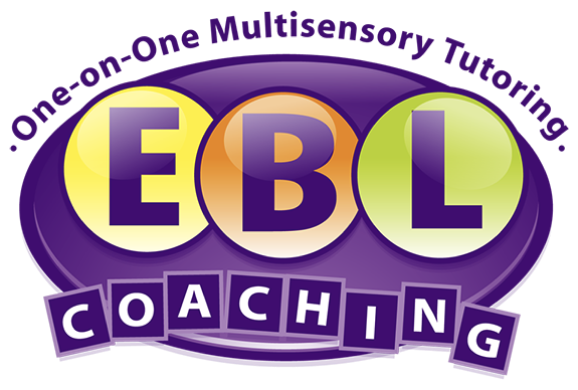
The Orton Gillingham Approach
What is the Orton Gillingham approach?
Many parents wonder what exactly the Orton Gillingham method is and the type of student who benefits from this instruction. On a basic level, Orton Gillingham is a structured approach for teaching reading and writing skills, originally designed for students with dyslexia. Technically, the Orton Gillingham technique is a “language-based, multi-sensory, structured, sequential, cumulative, cognitive, and flexible” method designed primarily to teach decoding and spelling. It involves the explicit and systematic teaching of language sounds while employing visual, auditory, tactile and kinesthetic teaching techniques (Bates, 2014).
In laymen’s terms, the Orton Gillingham method is multi-sensory, meaning it integrates the visual, auditory, and tactile/kinesthetic learning modalities and is constantly individualized according to the needs of each student as the lessons progress. The instruction is very structured by nature and each lesson builds upon previously taught lessons.
EBL Coaching’s Flags and Stars program is a multi-sensory reading and writing program that is based on the Orton Gillingham methodology. Read more at How to Improve Your Dyslexic Child’s Reading Skills – EBL Coaching. The program begins by teaching students single consonant and short vowel sounds and later moves into blends (ex. fl, pl, gl, etc.), consonant digraphs (ex. th, wh, sh, etc.), vowel digraphs (ex. oa, oo, ea, etc.), silent e patterns, multi-syllabic words, prefixes, and suffixes. Each lesson contains multi-sensory elements, including audio-visual card drills, sky writing, and sand writing, followed by workbook exercises. The lessons also contain word-per-minute timings for fluency development, as well as sentences and stories for students to read to apply concepts taught.
A sample lesson from the Flags and Stars Vowel Digraphs might be structured as follows:
Audio-Visual Card Drill: The teacher (or parent) holds up an audio-visual card with the vowel digraph ee on the front and the corresponding key picture (feet) on the back and says to the child: “This is the vowel digraph ee (holds up front of card), like feet (turns card around and shows a picture of feet on the back of the card), it makes the sound /ee/ (turns card back around to show letters). The teacher or parent then says aloud the sequence of letter names/key picture/sound together with the student (i.e. ee, feet, /ee/), and the student repeats the sequence independently three times.
Sky Writing: The teacher or parent models forming the letters in the air, while saying the name of each letter and then the sound the vowel digraph makes. The instructor then performs this sky writing together with the child and the child forms the letters in the sky independently three times.
Sand Writing: Similar to sky writing, the teacher or parent models forming the letters, this time in the sand, saying the name of each letter and then the sound the vowel digraph makes. The instructor then performs this sand writing together with the child in a tray filled with sand, and the student forms the letters in the sand independently three times. The same sequence can be performed using shaving cream instead of or in addition to sand.
Workbook Exercises: The child then completes exercises in the Flags and Stars Vowel Digraph workbook, corresponding to the vowel digraph being taught (in this case the /ee/ sound). The child traces letters, identifies pictures that contain the sound, and performs other related exercises, such as filling in words and completing sentences. After this sequence is performed for all of the vowel digraphs in a given section, the instructor emphasizes decoding, or blending sounds containing these vowel digraphs together to form words, using cards and magnetic tiles.
Oral Reading: The child reads word lists, sentences, and stories contained within the Flags and Stars workbook to reinforce the sounds taught in a given lesson. The child is encouraged to read orally from a controlled reader (book or story) at the end of each session to apply the sounds covered and any previous sounds taught.
The Orton Gillingham method can have a profound impact on a child’s reading and spelling skills, particular those who have language-based learning disabilities. However, even children who do not have diagnosed learning disabilities. can truly benefit from this instruction. Read more at Ways to Boost Your Child’s Language Development – EBL Coaching.
Other Related Blogs:
